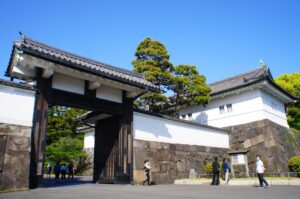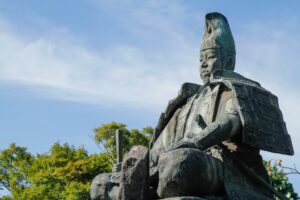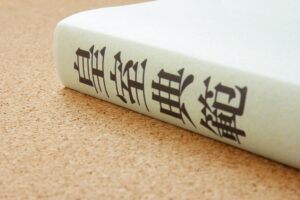Toyotomi Hideyoshi, once a peasant, rose to unify Japan in the late 16th century. However, his death in 1598 not only ended an era but sparked the political instability that gave rise to the Tokugawa shogunate. This article examines how Hideyoshi died, what illness plagued him, his family and final moments, and the historical aftermath of his passing.
The Final Days of Toyotomi Hideyoshi
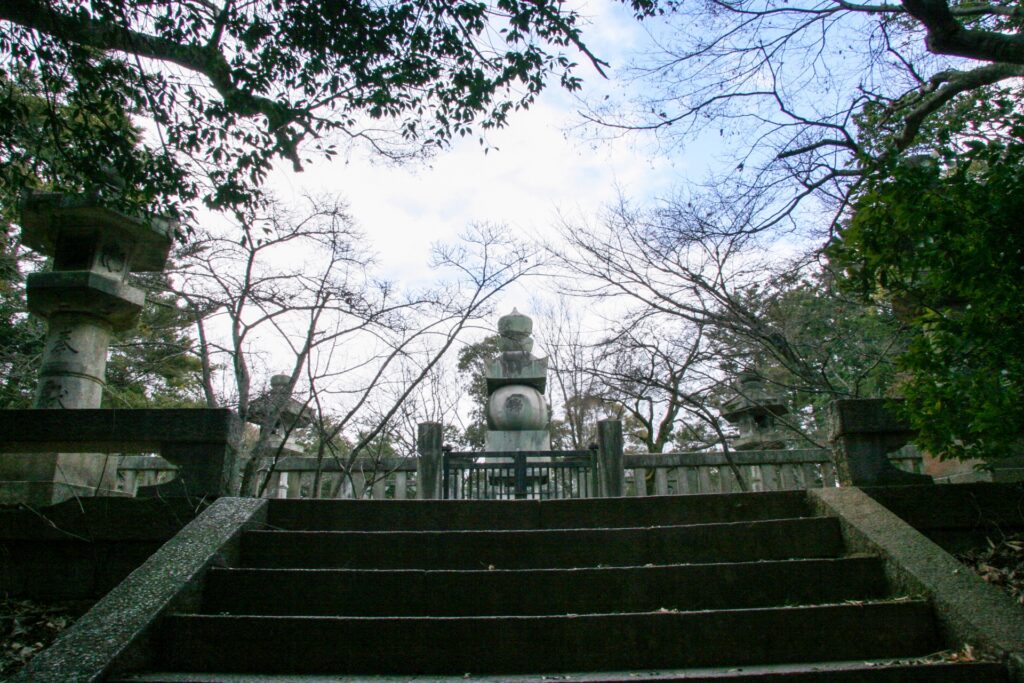
In the summer of 1598, Toyotomi Hideyoshi, the man who had unified Japan after centuries of civil war, was in visible decline. His health had been deteriorating for several months, if not years, and by the time he retreated to Fushimi Castle, his inner circle recognized that the end was near. Descriptions of his condition include weight loss, fatigue, and bouts of fever, although no official diagnosis exists. Despite his waning strength, Hideyoshi remained politically active, ensuring the continuity of his regime by establishing the Council of Five Elders (五大老, Go-Tairō). This group of trusted daimyo was tasked with safeguarding the Toyotomi legacy until his young son, Hideyori, could come of age.
Hideyoshi’s decision to entrust the realm to a council instead of naming a single successor reflected both his political acumen and the fragile state of his clan. Among the elders was Tokugawa Ieyasu, a cunning and ambitious warlord who would later become a pivotal figure in Japan’s transition to the Edo period. As Hideyoshi’s life ebbed away, his court was consumed with concern, ceremonial preparations, and political calculations. He died on September 18, 1598, leaving behind an empire held together by his personal authority but vulnerable without it.
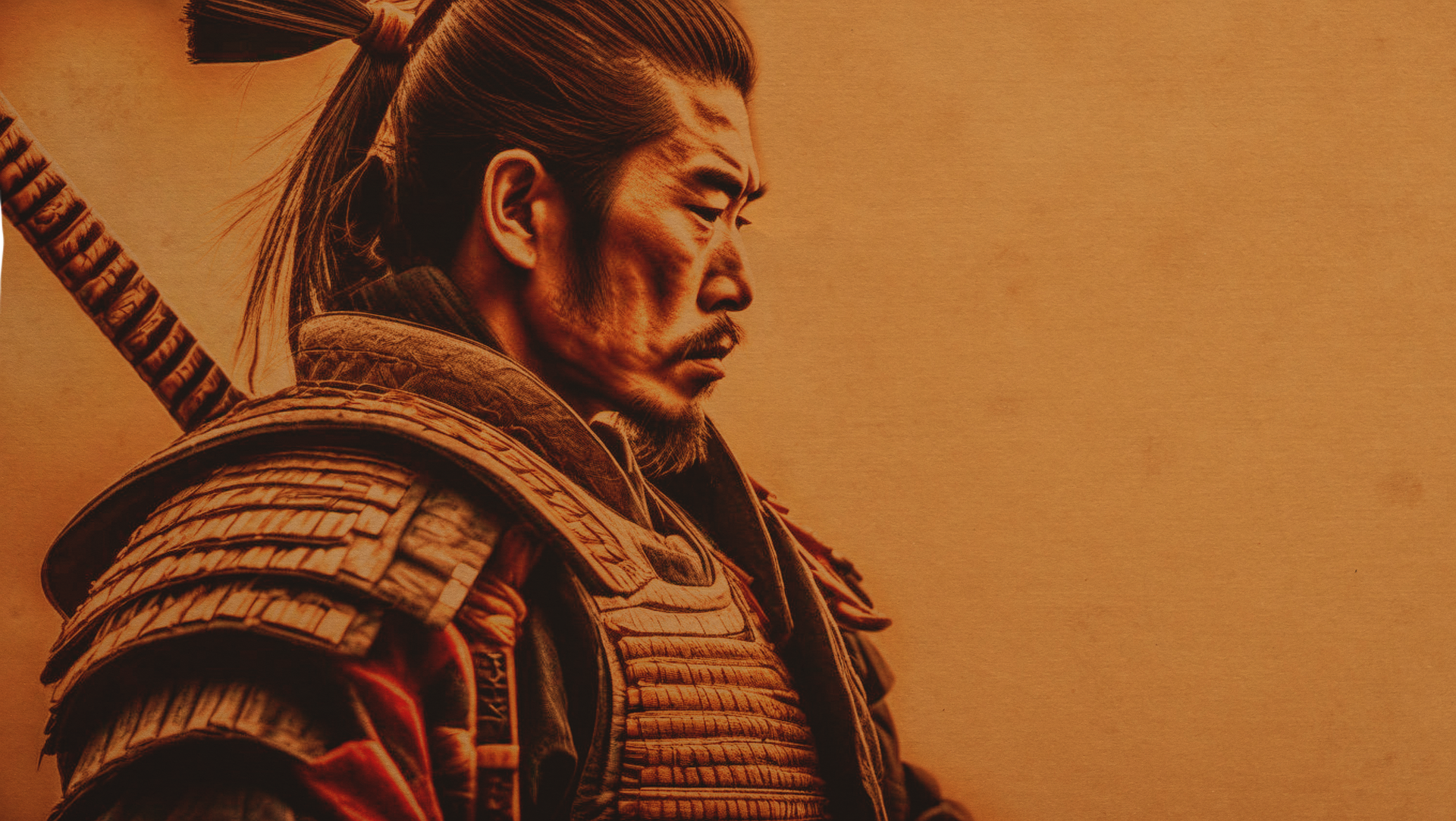
What Illness Did Toyotomi Hideyoshi Suffer From?
Scholars and historians have long debated the exact cause of Hideyoshi’s death. Since modern medical diagnoses were unavailable at the time, various theories have emerged based on symptom descriptions and historical speculation. The most commonly proposed causes include:
| Theory | Description | Supporting Evidence |
| Kidney Deficiency (Jin Kyo) | Traditional diagnosis in East Asian medicine suggesting organ failure | Historical mentions of fatigue and edema |
| Tuberculosis (Rōgai) | Chronic respiratory condition with wasting symptoms | Sudden deterioration over several months |
| Digestive System Cancer | Possibly stomach or liver cancer, explaining rapid physical decline | Reports of appetite loss and internal pain |
| General Old Age | Hideyoshi was 61 at death, considered elderly at the time | No definitive symptoms point to a specific illness |
None of these explanations are confirmed, but the prevailing view is that he suffered from a debilitating internal disease, possibly cancer, compounded by the stress of his Korean campaigns and succession planning. Theories such as syphilis, popularized in some modern retellings, lack historical grounding.
A Brief Timeline of Toyotomi Hideyoshi’s Life

- 1537: Born in Nakamura, Owari Province, to a peasant family
- 1554: Becomes a sandal bearer and later a general under Oda Nobunaga
- 1582: Avenges Nobunaga’s death at the Battle of Yamazaki
- 1590: Completes the unification of Japan after capturing Odawara Castle
- 1592: Launches the first invasion of Korea (Imjin War)
- 1596: Begins the second, ill-fated Korean campaign
- 1598: Dies in Fushimi Castle on September 18
This concise timeline outlines a meteoric rise from humble origins to national power, culminating in his final, precarious year.

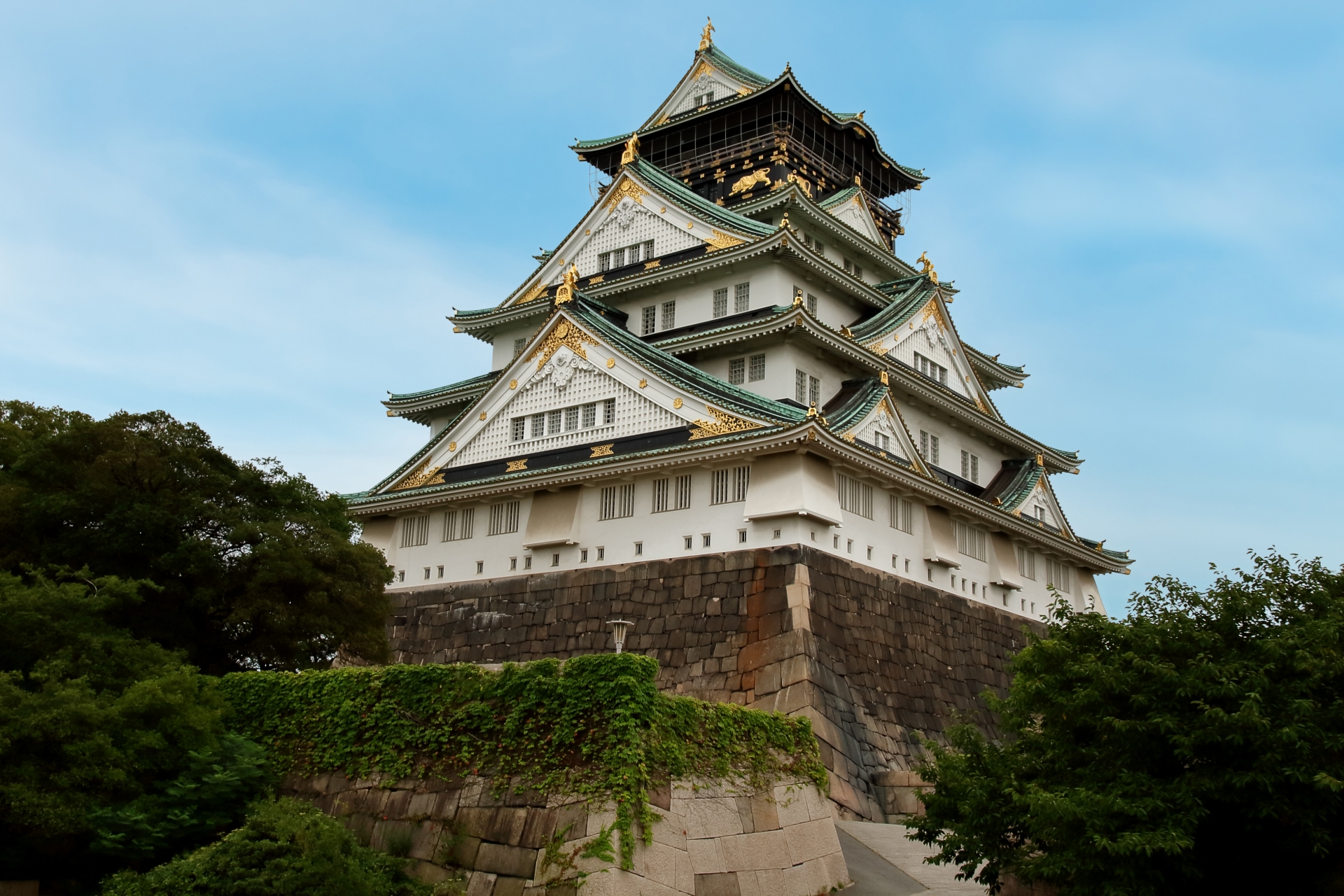
Hideyoshi’s Personality: Ambitious, Charismatic, and Flawed
Toyotomi Hideyoshi was a paradoxical figure: ruthless yet charming, strategic yet impulsive. His extraordinary rise from a farmer’s son to ruler of Japan demonstrated his cunning and charisma. He built grand castles like Osaka Castle, not only for defense but to impress both allies and enemies.
Yet Hideyoshi’s ambition also bred insecurity. His invasions of Korea were seen by many as overreach, driven by a desire for immortality and world recognition. He was famously suspicious, even purging trusted allies late in life. Anecdotes portray him as a master manipulator but also someone who demanded loyalty to the point of paranoia.
These contradictions humanize Hideyoshi, revealing a man who was both admired and feared, a product of his chaotic times.
Toyotomi Hideyoshi and Women: A Man of Many Loves
Hideyoshi was known for his prolific romantic life, which included dozens of concubines and notable relationships. His most famous consort was Lady Chacha (Yodo-dono), the mother of his heir, Hideyori. His official wife, Kita-no-Mandokoro (Nene), held considerable influence in the court despite their childless marriage.
Polygamy among elite samurai was common, and Hideyoshi used romantic alliances to secure political ties. His affection for women was often the subject of court gossip, and some historians suggest that his personal relationships shaped court politics as much as any military campaign.
Far from being mere diversions, these relationships served strategic functions, weaving personal and political interests in the tapestry of Sengoku power dynamics.
Hideyoshi’s Family: His Wife and Son
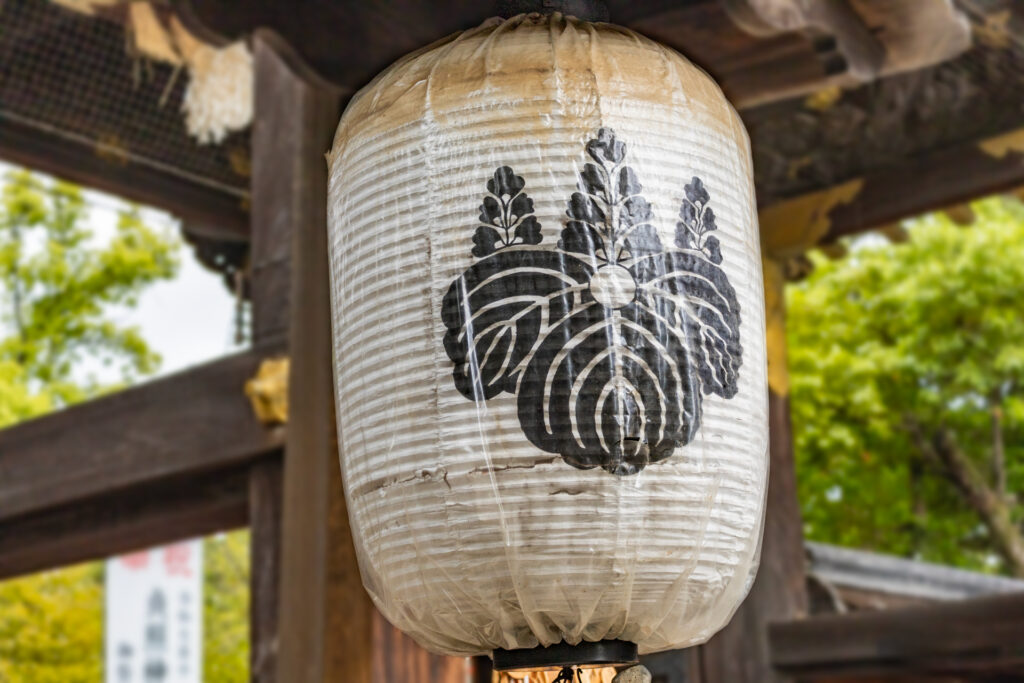
Hideyoshi’s official wife, Nene, was respected for her intellect and administrative skills. Though they had no biological children, she played a crucial role in court diplomacy. His concubine Yodo-dono bore him a son, Hideyori, in 1593—a late but momentous event in Hideyoshi’s life.
After Hideyoshi’s death, the young Hideyori became a symbolic figurehead. Nene retired from public life, while Yodo-dono acted as regent and protector of her son’s interests. However, the political structure Hideyoshi left behind failed to protect the Toyotomi line. Infighting and power plays, particularly from Tokugawa Ieyasu, would ultimately doom Hideyori.
Hideyoshi’s Final Words and Reflections on Death
Toyotomi Hideyoshi’s death poem encapsulates the fleeting nature of life:
“Like the dew, I will disappear— As fleeting as dreams in Naniwa…”
This poetic reflection reveals a man who, at the height of his power, understood the impermanence of existence. Such verses were part of the samurai tradition, symbolizing acceptance of death and detachment from worldly affairs.
In this verse, Hideyoshi likens himself to morning dew, a powerful metaphor for the transience of life. It also hints at his legacy anxiety, aware that his son may not maintain the unification he achieved.
The Political Fallout After His Death
The power vacuum left by Hideyoshi’s death unraveled the political balance he had so carefully constructed. The Council of Five Elders failed to cooperate, particularly as Tokugawa Ieyasu began to consolidate power. The Korean campaigns ended, the Toyotomi grip weakened, and samurai allegiances shifted.
In 1600, just two years after Hideyoshi’s death, the decisive Battle of Sekigahara took place. Tokugawa Ieyasu defeated the loyalist forces and began paving the way for his shogunate. By 1603, Ieyasu was named Shogun, marking the formal beginning of the Tokugawa era.
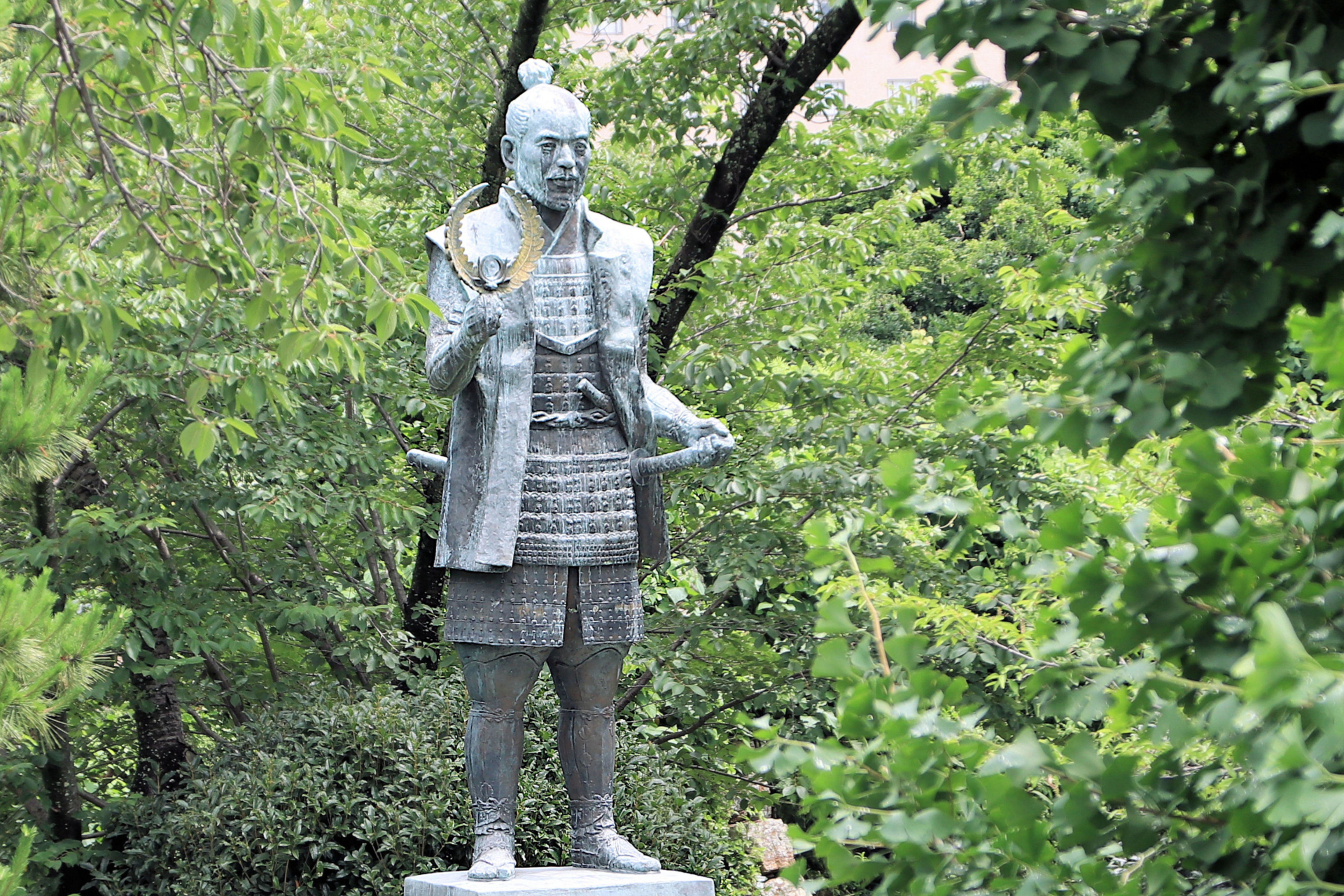
What Happened to His Son, Hideyori?
Toyotomi Hideyori, only five at the time of his father’s death, never had a chance to govern independently. Though nominally a successor, he was overshadowed by Tokugawa Ieyasu. His mother, Yodo-dono, resisted Ieyasu’s dominance, leading to rising tensions.
In 1615, these tensions erupted in the Siege of Osaka. Tokugawa forces laid waste to the Toyotomi stronghold. Hideyori and Yodo-dono committed suicide as Osaka Castle fell, effectively ending the Toyotomi lineage.
This tragic outcome demonstrated the failure of Hideyoshi’s succession strategy and the ruthless efficiency of Tokugawa realpolitik.
Was Toyotomi Hideyoshi’s Death the Beginning of a New Era?
Absolutely. Hideyoshi’s death in 1598 is widely seen as the end of the Sengoku (Warring States) period. The quick unraveling of his coalition and the subsequent Tokugawa consolidation mark a clear historical shift.
While the formal Edo period began in 1603, its foundations were laid in the power vacuum Hideyoshi left behind. His absence allowed Ieyasu to emerge as Japan’s next great architect of peace, albeit through authoritarian control.
Edo-era documents often reflect back on Hideyoshi’s time as a cautionary example of unfulfilled ambition and the dangers of incomplete succession planning.
Conclusion: The Death of a Giant and the Rise of a New Order
Toyotomi Hideyoshi’s death remains an event shrouded in both medical mystery and political significance. Whether caused by cancer, old age, or another illness, his passing triggered a chain of events that reshaped Japan forever.
His life story—from peasant to national unifier—was as dramatic as his downfall. The failure of his succession plans, the collapse of his clan, and the rise of the Tokugawa regime are reminders of how individual mortality can alter the course of history.
Hideyoshi’s final words still echo through Japanese culture, not just as a farewell, but as a reflection of legacy, impermanence, and the enduring impact of leadership.








